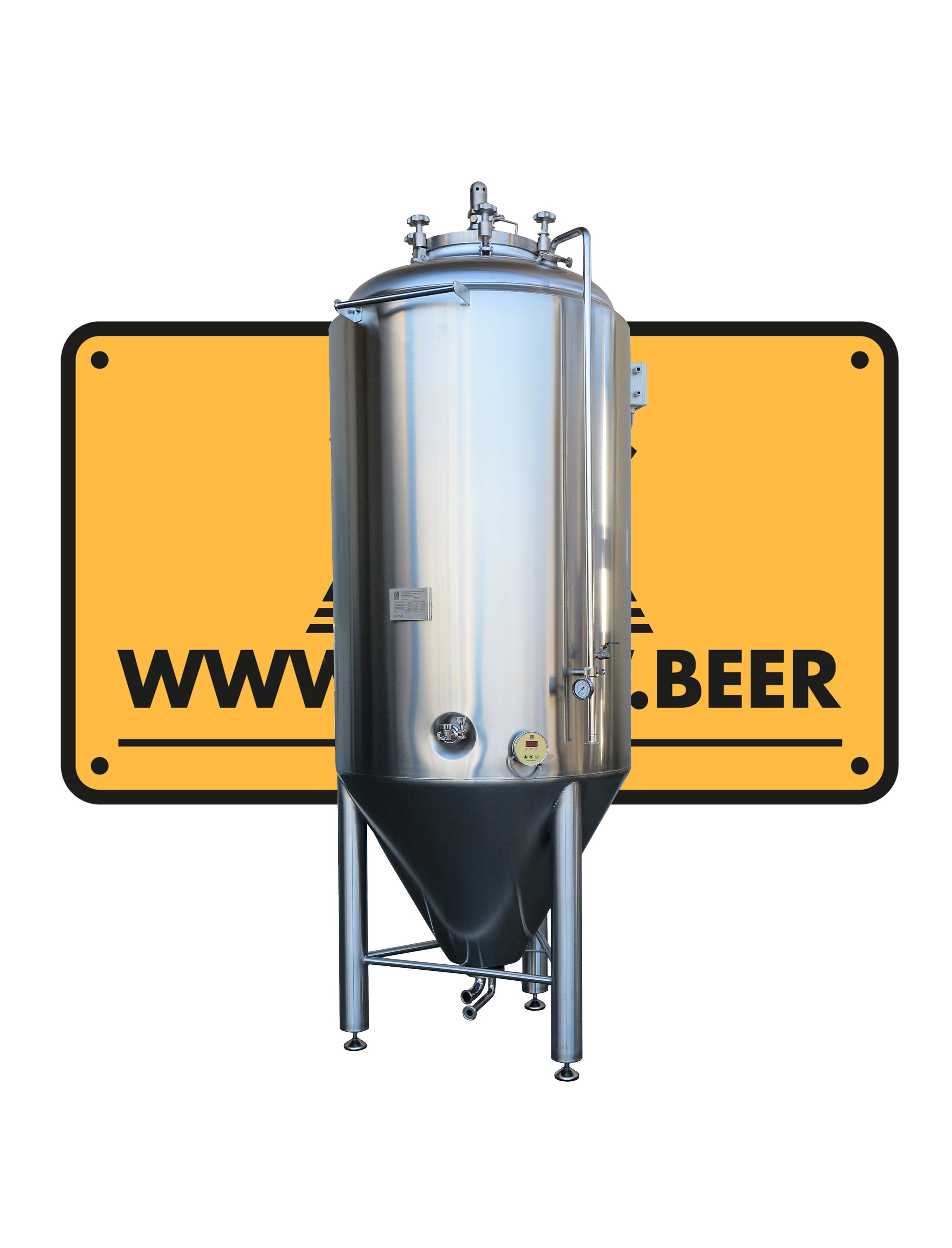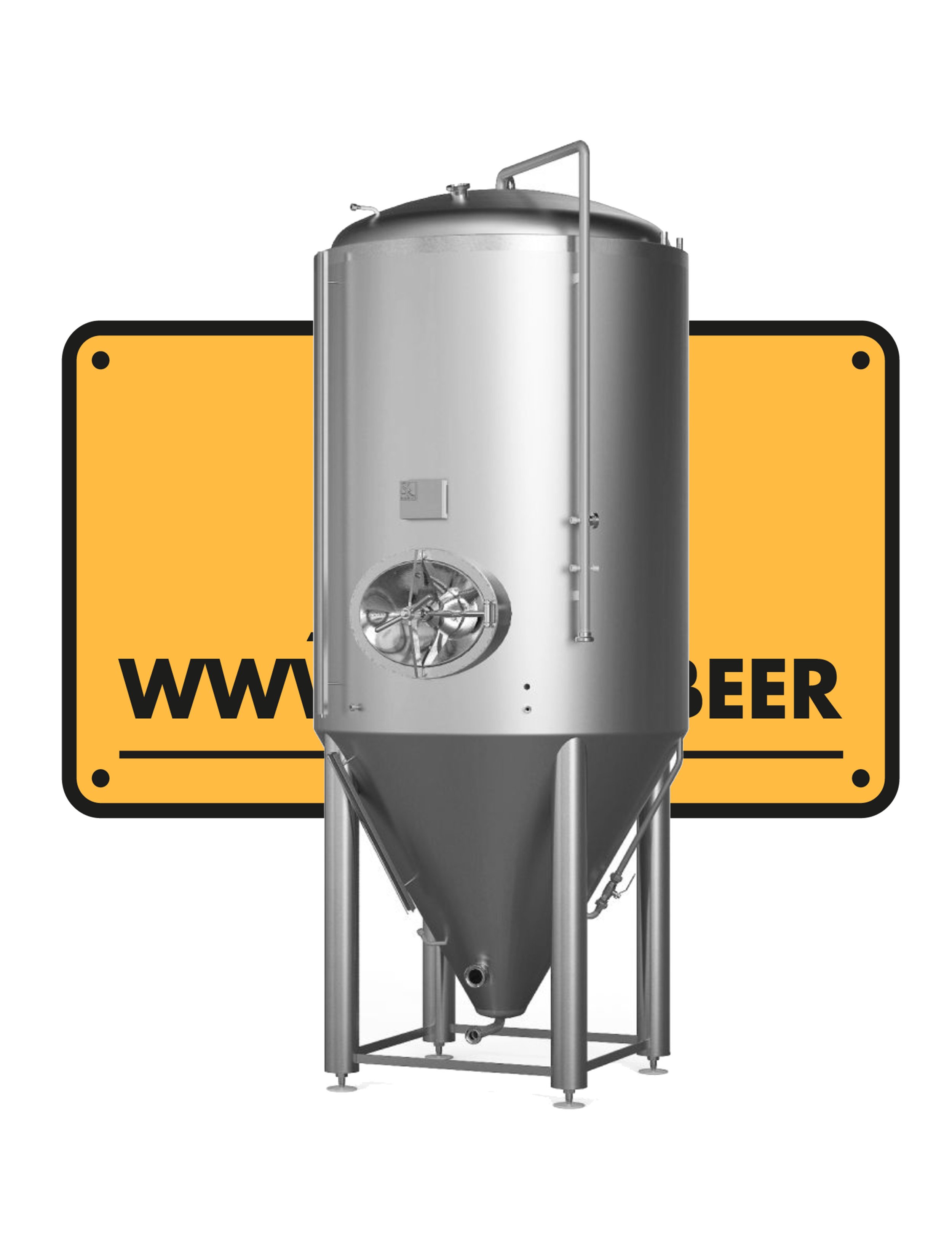Isobaric fermenters and PED standards
WHAT IS THE PED DIRECTIVE?
The Pressure Equipment Directive or PED (2014/68/EU) sets out the requirements that manufacturers of pressure equipment must meet if they want to sell their products in Europe. It applies to the design, manufacture and conformity assessment of pressure equipment and assemblies with a maximum allowable pressure PS (the maximum pressure at which the components can work according to the design) greater than 0.5 bar. Pressure equipment and assemblies may be placed on the market or put into service only if they comply with the requirements of the Pressure Equipment Directive, i.e. if they are manufactured in accordance with the Directive, properly installed and maintained and used for their intended purpose.
With the PED Directive, the European Union has harmonized the requirements ensuring the safety of pressure equipment used within the European Economic Area - EEA. This ensures adequate safety for the user, but also means that manufacturers of pressure equipment that meet the requirements of the PED Directive can offer their products in all members of the EEA, without additional permits for each individual country.
WHAT IS PRESSURE EQUIPMENT?
The term pressure equipment means pressure vessels, piping, safety and pressure accessories, including, where applicable, components attached to pressurized parts (flanges, nozzles, couplings, supports, lifting handles, etc.). Due to the internal pressures and the substances contained or stored inside, pressure equipment can pose a hazard to persons and objects in the vicinity, as well as to the environment. Depending on the hazard they present, pressure equipment can be classified into two groups:
- low-risk equipment
- high-risk equipment
DUTIES OF A PRESSURE EQUIPMENT MANUFACTURER
Each manufacturer of pressure equipment must draw up the required technical documentation, which will make it possible to assess the conformity of the pressure equipment with the requirements of the PED Directive. The documentation must, among other things, contain design calculations and allow traceability of both the material and the production process. If the pressure equipment and assemblies meet the requirements of the Directive, which is confirmed by a notified body, the manufacturer can prepare a Declaration of Conformity and affix the CE marking, which is accompanied by the identification number of the PED notified body that registered the manufacturer's finished product. The manufacturer must also create a product identification plate, which must be affixed to a visible part of the pressure equipment or assembly. The nameplate must contain all the information required by the Directive (name, serial number, pressure ratings, etc.) and the CE marking, as well as the modules or standards used during manufacture.
DECLARATION OF CONFORMITY
The EU Declaration of Conformity confirms that a product complies with the requirements of the Pressure Equipment Directive, i.e. the requirements of the European Union.
The Declaration of Conformity must contain:
- the name and full address of the manufacturer or its authorized representative
- identification of the pressure equipment (name, product type, production lot or serial number)
- the directive(s), regulation(s) and standards applied
- name of manufacturer's signatory or its authorized representative
- approval by a Notified Body for conformity assessment
- Place and date of issue
WHAT DOES THIS MEAN FOR THE USER?
Choosing which pressure equipment to buy can be very difficult as there are many different manufacturers. The price of the product can in many cases be the determining factor, although basing your choice on it often leads to poorer quality and the initially lower price can later increase significantly due to additional costs. When you decide to purchase pressure equipment, especially outside Europe, you should make sure that the manufacturer also provides you with the required documentation that ensures that the equipment complies with PED requirements, enables you to register the product with the competent authority and guarantees safe use of the product. If the documentation is incomplete, the importer or the person placing the pressure equipment on the EU market must subsequently perform all conformity assessment procedures (calculation, testing, etc.). The whole process can be costly and may even be in vain, as there is still a possibility that the pressure vessel will not obtain approval for further use. Every user of pressure equipment must take all necessary safety measures to ensure the safety of himself and his employees. Inspections and maintenance work depend on the group to which the product belongs:
Low risk equipment: The user is responsible for the safe use of the product. They must follow the manufacturer's instructions for installation, connection, use and maintenance of the equipment, as well as perform the inspections and tests specified by the manufacturer and document them accordingly.
High-risk equipment: the first inspection and all subsequent periodic inspections are carried out by an authorized inspection agency with which the user concludes a contract. The inspection body also keeps records of the pressure equipment.
Every user of pressure equipment should know that even a 500 liter tank with a pressure of 2.5 bar is considered high risk. This means that most beer tanks are in this group and their users should:
- organize the first inspection of the pressure equipment
- organize subsequent periodic inspections
- notify the competent authority within eight days of the start and end of the use of the pressure equipment
- notify the competent authority within eight days of any change in the data contained in the protocol sheet
- in the event of a change of ownership, deliver the pressure equipment records and all associated documentation to the new owner.
During installation, use and inspection of pressure equipment it is necessary to take into account the regulations, standards and provisions applicable in the country where the equipment is installed, as they may differ. Be sure to consult the applicable standards in your country before installation of the equipment.






